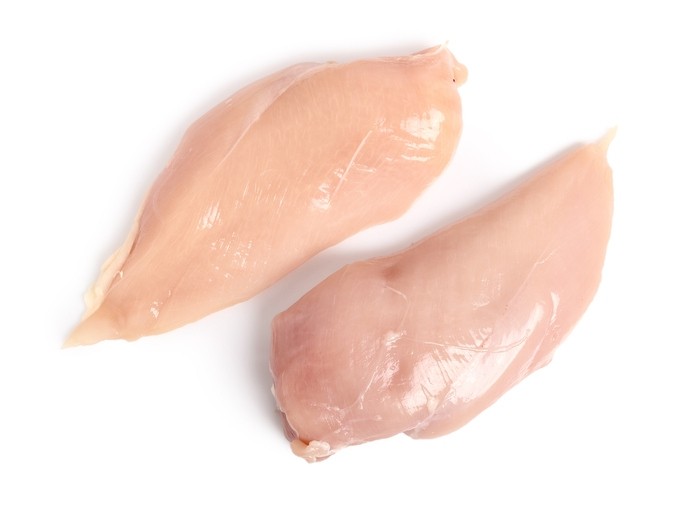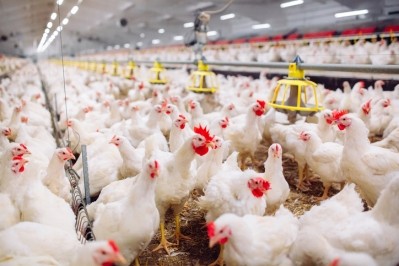Poultry research: Novus study shows way to reduce severity of financially damaging wooden breast condition

Wooden breast, said the team, is a degenerative myopathy seen in modern broiler birds resulting in quality downgrade of breast fillets.
It can cost the industry millions each year.
Affected filets show increased toughness both before as well as after cooking and have decreased water holding capacity and marinade pick up compared to normal fillets.
Novus backed research, published in the latest issue of Frontiers in Physiology, looked at the impact of that feed additive firm’s Mintrex organic trace minerals, when used with and without a dietary antioxidant and organic selenium, on wooden breast (WB) in broilers.
Dr Vivek Kuttappan, research scientist, Novus, who led the study, said that although the exact reason is unclear, it is well-known that incidence of wooden breast is associated with oxidative stress in broiler birds. So the team wanted to see if a dietary intervention relying on feed additives such as bioavailable sources of trace minerals and dietary antioxidants that address tissue oxidative stress could be useful in relation to this financially damaging myopathy.
“The hypothesis [for the study] was that a combination of organic mineral methionine hydroxy analog chelate (MMHAC) of trace minerals with an antioxidant and organic selenium would be more effective in reducing oxidative stress in tissue compared to control, thus helping in reducing the myopathy.
“MMHAC trace minerals alone were effective in reducing myopathy, as shown by Experiment 3, although the combination of those trace minerals with antioxidant and organic selenium resulted in better magnitude of benefit,” he told us.
Strategies to reduce wooden breast do exist, according to Novus. “These are broadly growth-rate-related and antioxidant-based approaches. The results from these methods vary and sometimes can impact performance such as growth rate, slaughter weight, and breast yield. However, an ideal solution is one that offers repeatable success in reducing incidence of wooden breast without sacrificing performance in broiler birds.”
The findings
Three independent experiments were conducted to evaluate the effect of various dietary interventions on the incidence of WB when birds are exposed to oxidative stress associated with feeding oxidized fat and mild heat stress.
Feed additives such as dietary antioxidant [Ethoxyquin (ETX)], MMHAC of Zn, Cu, and Mn, and organic selenium (Org Se) were tested at recommended levels.
In experiment 1, the team saw that ETX reduced the incidence of severe WB induced by oxidized fat diet.
“The magnitude of improvement in percentage of normal (no WB) filets and reduction in muscle lipid peroxidation was greater when ETX and MMHAC were fed together as shown by experiment 2.”
In birds exposed to mild heat stress (Experiment 3), feeding MMHAC by itself reduced tissue damage by reducing incidence of tibial head lesions, skin scratches, breast blisters, in addition to increasing the incidence of normal (no WB) fillets, reads the paper.
“When MMHAC was combined with ETX and Org Se, further improvement in normal (no WB) filets was observed.
“In summary, under different oxidative stress conditions, dietary intervention programs that contain ETX, MMHA-Zn, -Cu, and -Mn and Org Se can improve performance and increase carcass integrity, reducing problems, such as WB, either independently or with additive effect.”
This effect is most likely attained by simultaneously improving the exogenous and endogenous antioxidant status, reducing oxidative stress, and improving tissue healing process of the bird, reported the authors.
Source: Frontiers in Physiology
DOI: https://doi.org/10.3389/fphys.2021.663409
Title: Nutritional Intervention Strategies Using Dietary Antioxidants and Organic Trace Minerals to Reduce the Incidence of Wooden Breast and Other Carcass Quality Defects in Broiler Birds
Authors: VA Kuttappan, M Manangi, M Bekker, J Chen, M Vazquez-Anon















